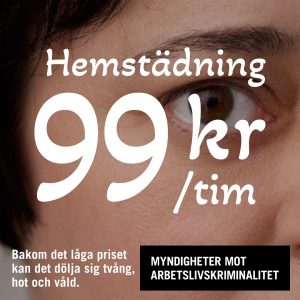The pilots feel airlines’ interests have taken
precedent over their own, and hope for changes to the proposal which
has now come from the European Aviation Safety Agency (EASA). EU
Commissioner Siim Kallas hopes the proposal can be presented in the
European Parliament as it is next spring, while pilots feel the
misgivings expressed by some experts have not been taken into
account.
On 22 January next year pilots and cabin crew
unions will protest against what they see as a failure of improving air
safety.
The head of Finland’s pilots’ union, Hannu
Korhonen, says the proposal contains “three flagrant errors” from the
pilots’ point of view. Firstly, night shifts should be no longer than
10 hours, not 11 to 12 hours as proposed. Secondly, the number of
landings should be limited because they impact on the pilots’
concentration levels. Thirdly, working days can stretch to 22 hours
with eight hours of standby and 14 hours working time.
In other words; it is considered OK to land a plane
after having been awake for nearly 24 hours.
“This is a clear slip. In the Nordic region we feel
the total should be 16 hours,” says Hannu Korhonen.
Pilot surveys show fatigue is a major problem and
many – perhaps near half of the pilots – say they have fallen asleep
during flights. A survey of British pilots quoted by the BBC showed 43
percent of pilots said they had fallen asleep themselves, while as many
as 31 percent had woken to find the co-pilot asleep as well.
The new rules come into effect from 2015.
Since 2008 the following rules have been in
place:
European rules allow pilots to work:
- 13 hours a day (extendable with one hour in certain instances and
shorter in some instances, for instance if the rotation included three
or more flights) - 60 hours a week
- 190 hours over 28 days (must be spread as evenly as possible)
- Rest between service must be at least as long as the previous
service period but at least 12 hours (can be reduced to 10 hours during
rest outside of the pilot’s home base).





